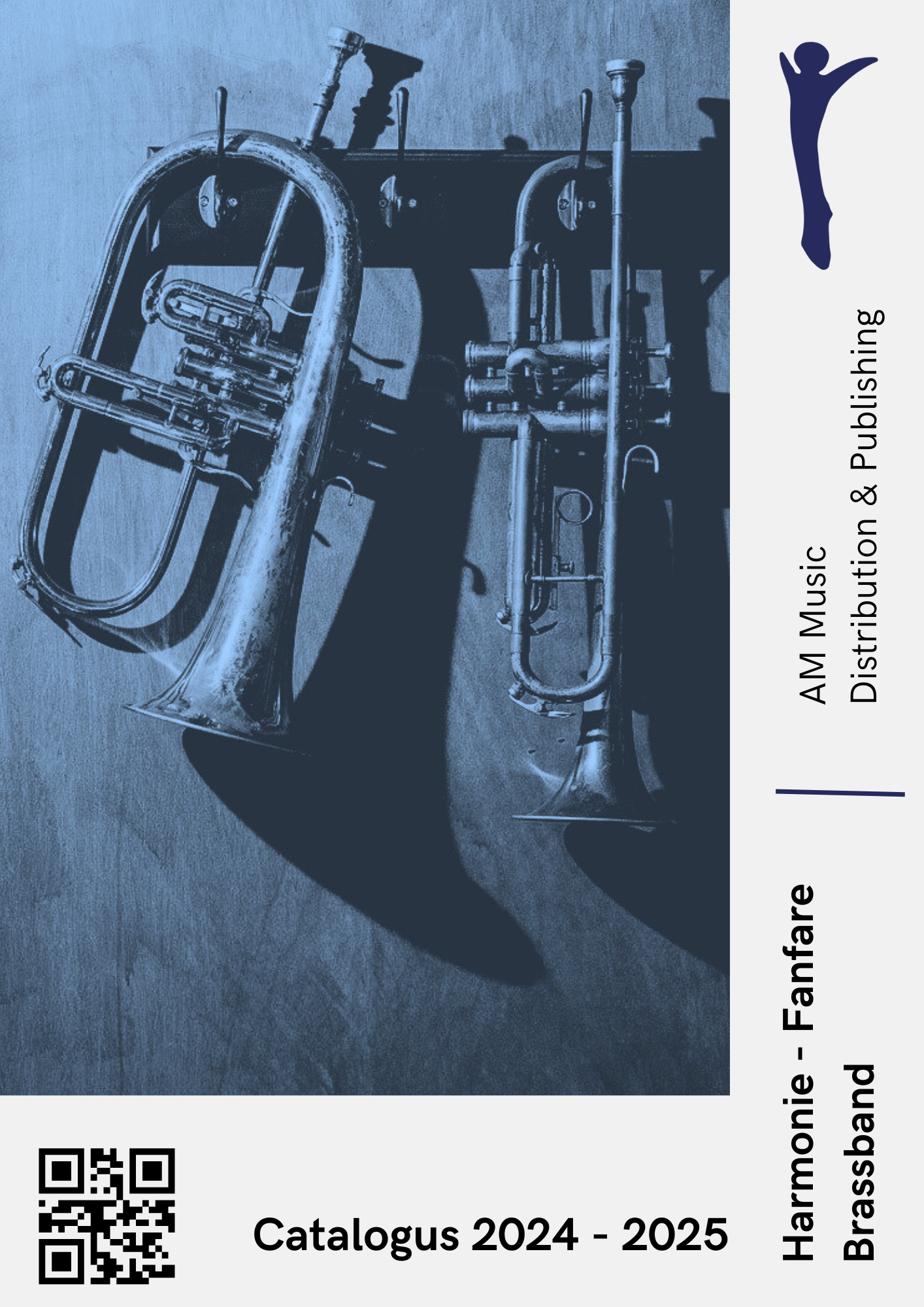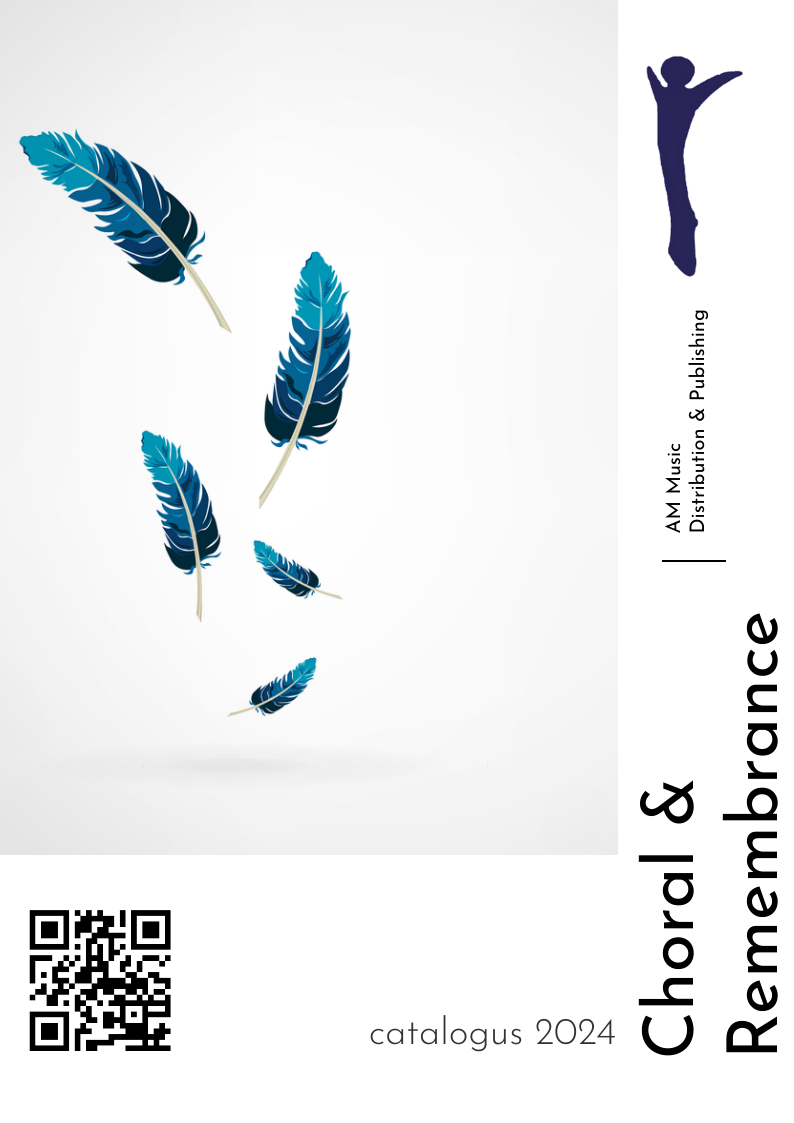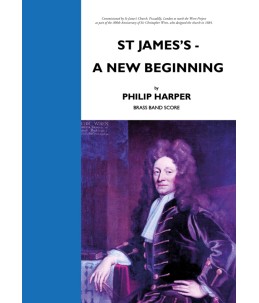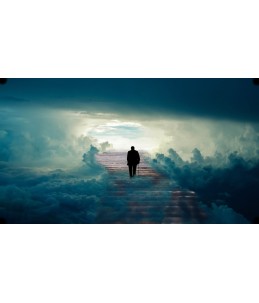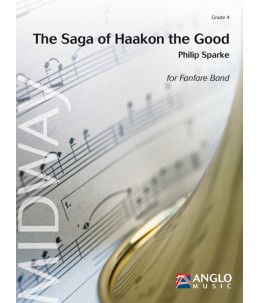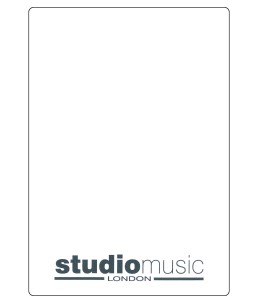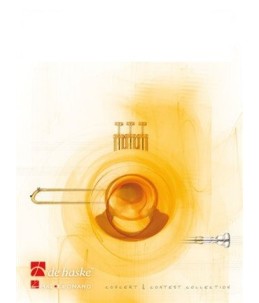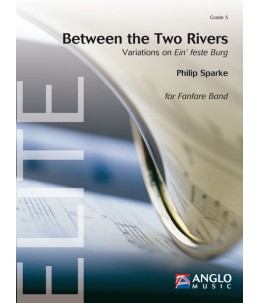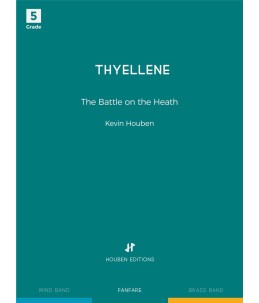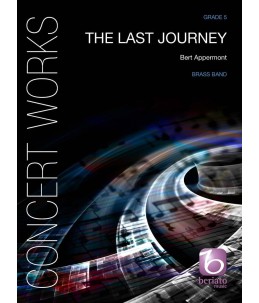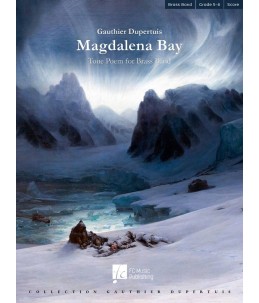
-
-
-
Afterlife€160.60
In 'Afterlife', the composer describes his impressions at death and the afterlife.
The work is based on the Dies Irae motif, which has often been used throughout music history to represent death. Different emotions associated with death are expressed in various forms and inversions of the theme.
-
-
The New Jerusalem€115.95
Commissioned by the National Youth Brass Band of Great Britain and first performed in 1990, a revised contest version was subsequently used as the set-work for the 1992 National Championships of Great Britain. It has since become one of Philip Wilby's most revered compositions and has been performed throughout the contesting world. Although initially inspired by a quotation from the Revelation of St John — "And I saw a New Heaven and a New Earth; for the first Heaven and the first Earth were passed away….", in the composer's mind it subsequently took on an almost allegorical dimension — much like Eric Ball's 'Journey into Freedom'. Revised against a backdrop of huge political change following the demise of the Soviet Union and the domino effect of collapse that occurred throughout former Eastern Block communist countries, for Wilby it came to represent "the triumph of the human spirit over oppression". As he himself wrote: "For a moment, the prophecy of St John's Revelation was suddenly highlighted in a new and quite unexpected way. The off-stage fanfares*, the turbulent nature of a large proportion of the band music and above all, the piece's life affirming end may all be seen as an optimistic vision of that social and religious rebirth".
-
-
-
-
-
-
-
Magdalena Bay€159.99
While admiring many masterpieces at the Louvre Museum in Paris, Gauthier Dupertuis’ attention was drawn to a less famous painting: Magdalena Bay, by French painter François-Auguste Biard (1799-1882).
The work depicts a magnificent snowy landscape on the Norwegian island of Spitsbergen. However, in the foreground, the presence of the wreckage of a ship, bodies covered in snow and a visibly dying character make us understand that tragic events took place there. Thus, a strong contrast is formed between death and the sublime, between the desolation of the survivors of the shipwreck and the magnificence of the landscape. When we look in more detail at the painting, we notice that footprints have been made in the snow: so, could someone have gone to get help? This little glimmer of hope makes the picture even more touching.
In this work, Gauthier Dupertuis tried to describe the different elements of the painting, using contrasting sections and dissonances (in particular, the conflict between the minor and the major) to convey the duality between death and the sublime. The work also attempts to highlight a wide palette of orchestral colors, from the most shimmering lines to the darkest low brass colours.
In 2024, Magdalena Bay was awarded the first Prize as well as the band Prize at the 9th European Composition Competition for Brass Band, which was held in Palanga (LT). It was premiered on May 2, 2024 by The Cory Band, conducted by Philip Harper.
